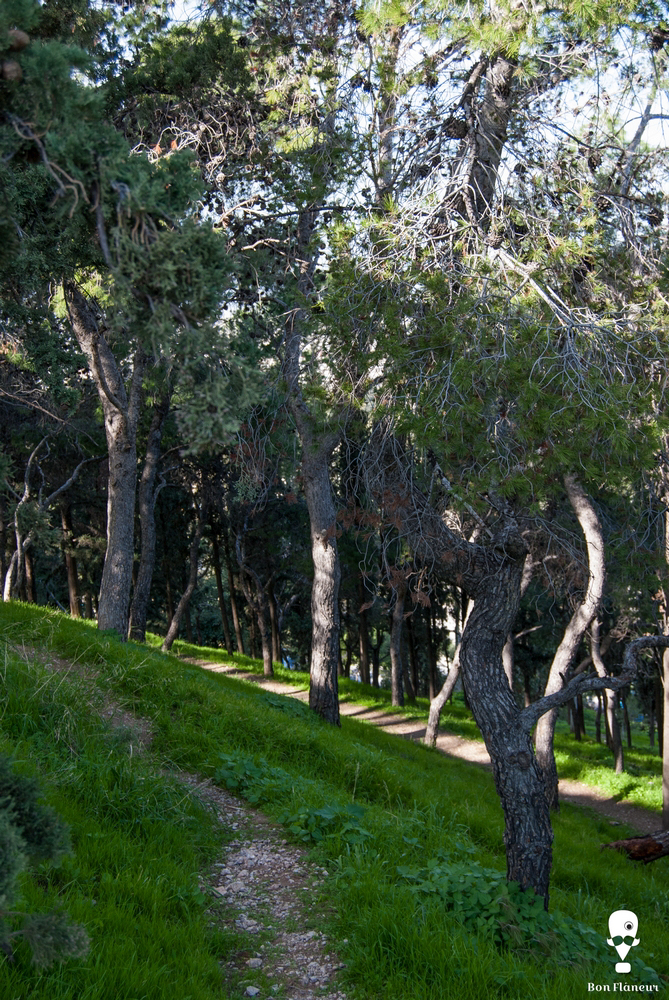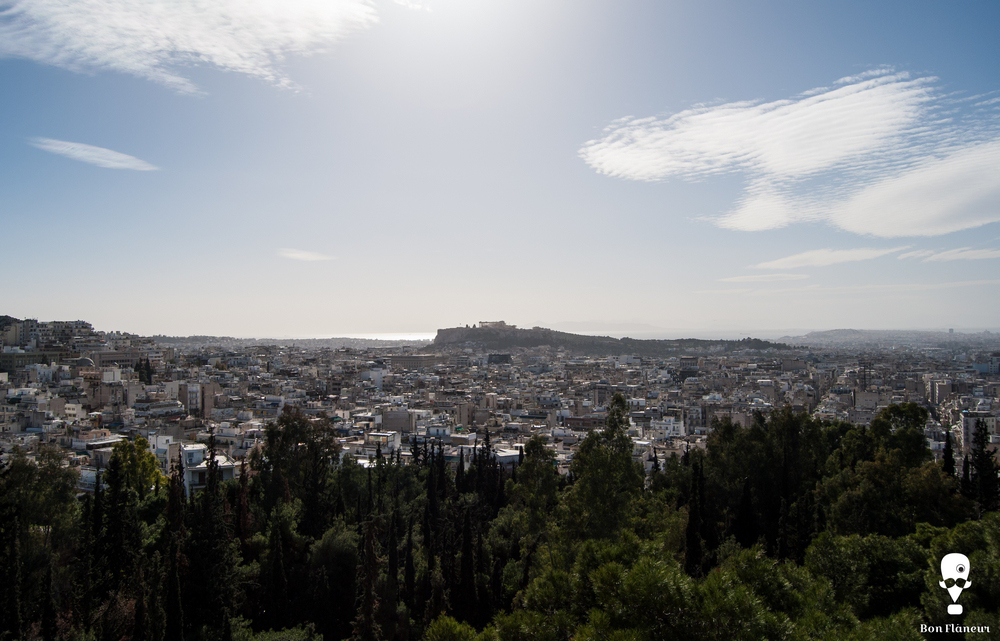Strefi hill
The Strefi hill is 168 metres high and covers an area of 4.6 acres, next to Lycabettus.
Location
Timeline
Modern and Contemporary era (1821 - )
It is unclear when it passed into municipal jurisdiction. Some sources say in 1938, after being expropriated by the Greek State in 1914, and others believe it was donated by the Strefis family to the municipality of Athens in 1963.
1944 During the December 1944 events (Greek Civil War) it was ELAS’s fortress.











Share